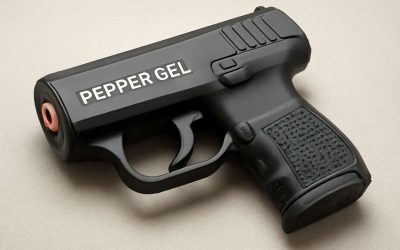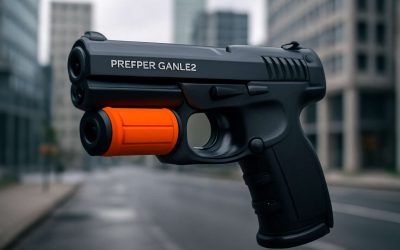
Less lethal weapons are used by law enforcement agencies and military to apprehend and subdue individuals in a way that does not require the use of firearms or other lethal force.
Developed in response to public scrutiny of the use of lethal force by police, less lethal weapons offer a variety of options for police officers who are faced with encounters with threatening or resistive subjects. They are designed to be used in situations where lethal force is inappropriate or unwarranted, such as riot control, prisoner control and crowd control, and to support various military missions across the force continuum.
The United States is a signatory to the 1990 Basic Principles of Human Rights, which include the principles that lethal force should only be employed to protect life or property and that a person should not be killed while in custody. It has also signed or ratified several international treaties, including the Geneva Conventions, that prohibit the use of lethal force.
A wide range of weapons are used by police to disperse crowds and neutralize combative individuals, ranging from pepper spray and tear gas to rubber bullets and water cannons. Some of these munitions can cause serious physical injuries, especially if they are used in conjunction with other weapons.
Some of the most common less lethal weapons are kinetic impact projectiles, which can include rubber and foam bullets as well as beanbags. These munitions have been linked to significant physical and psychological harms in both civilians and police.
These munitions can be delivered by hand or with a gun. They are designed to avoid skin penetration, but their high kinetic energy may still result in severe trauma with associated internal organ damage.
In a recent report in Austin, Texas, police reported 19 confirmed injuries from these munitions, including 4 with penetrating trauma and permanent visual impairment. Some of these injuries are life-threatening, such as traumatic brain injury, subdural hematoma, and severe facial lacerations.
Oftentimes, these weapons are used by officers as an initial step to more severe measures that require the use of lethal force, such as pepper spray or batons. They can also be used to frighten people, making them feel that they will be injured or killed by lethal means.
The use of non-lethal weapons has become a popular practice among many law enforcement agencies to reduce the risk of using lethal force during riots and civil disturbances. In addition, some companies have created high-tech tools to make it easier for police to use these less lethal weapons.
Some of the most common types of less-lethal weapons include acoustic devices, directed energy devices, kinetic impact projectiles (rubber and foam bullets), stun grenades, tear gas, and water cannons. Each type of weapon has its own distinct health effects, but most can be used in a controlled manner that does not lead to mass casualties.
These types of weapons are typically regulated by law and have undergone extensive legal reviews to ensure that they are consistent with domestic law and are in compliance with obligations assumed by the United States under applicable treaties, customary international law and the law of armed conflict.



0 Comments